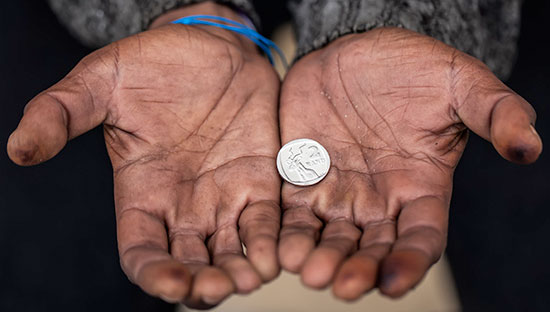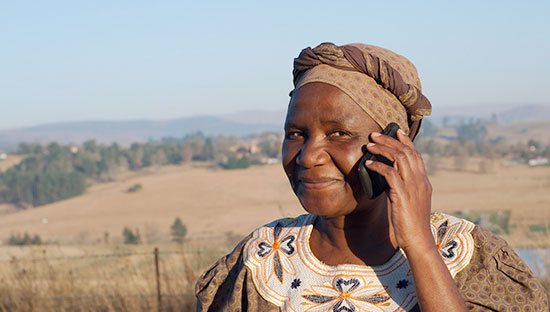DataKind’s Founder & Executive Director, Jake Porway, and Elizabeth Christopherson, CEO, Rita Allen Foundation recently caught-up in NYC for a chat. Here’s some of what they spoke about…
A little about Elizabeth…
- Civic entrepreneur; builder of ideas, organizations and networks; inveterate asker of questions
- Leads the Rita Allen Foundation, a venture philanthropy organization investing in early-stage ideas in science, civil society, and their many intersections
- Former head of New Jersey’s public broadcasting network, NJN, recognized for pioneering work on digital innovation
- Advocate for feedback loops in the social sector and science—for more, see her recent article in Stanford Social Innovation Review, “The Civic Science Imperative“
Jake: What inspires the work you do?
Elizabeth: People like you, Jake, and the Datakind team of course! When we first met at PopTech, you participated as a data scientist and journalist with a big dream to launch a program to help the social sector use data to accelerate greater positive change. While the details were still taking shape, you had a transformative idea and we wanted to know what would be most critical to help you. We were able to provide early support for your vision, which you then transformed to much larger support to propel your work forward.
Working with creative leaders committed to positive social change at the earliest stages is a continuing source of inspiration.
Jake: Thanks Elizabeth! We are so appreciative of your support! Now, onto AI – lot’s of hope or lots of hype?
Elizabeth: Both. Like other emergent technology, what we do with it matters. As Edward R. Murrow famously said sixty years ago about television:
“This instrument can teach, it can illuminate; yes, and even it can inspire. But it can do so only to the extent that humans are determined to use it to those ends. Otherwise, it’s nothing but wires and lights in a box.”
AI is one of a number of technologies emerging now with opportunities and perils that require more than scientists and technologists to navigate. AI crosses many disciplines and challenges us to engage with one another in new ways.
Your work with Vision Zero to reduce traffic deaths, and the startup JustFix confronting scofflaw landlords in New York are both cases where technologists are committed to working with the community and different kinds of experts to make sure the result is something that contributes to making things better.
Unfortunately, that commitment to engagement isn’t the norm. As a society, we have a lot of past mistakes to learn from, and there is an urgent need for a new level of widespread public engagement in shaping ethical practices for big data around issues like access, consent, privacy and bias.
Jake: What’s the best example you’ve seen (or hope to see) of data science being used for social good?
Elizabeth: When it comes to transforming quality of life, I am struck by developments in medicine and biomedical research. For example, AI is helping diagnose particular subtypes among childhood brain tumors—which means more targeted and effective treatments and higher chances of survival.
Many Rita Allen Foundation Scholars are using AI as part of pioneering investigations into how our biology works. Tae Hoon Kim is one of them—he talks about the potential for deep learning through AI to take us beyond our human capabilities in understanding how genes are expressed. We have seen again and again how new learning with uncertain outcomes can lead over time to revolutionary treatments. So there is a lot of hope.
Jake: What are you most excited about right now?
Elizabeth: Confronting complex problems requires many types of expertise—especially those of the individuals and communities affected. From diverse perspectives and fields—philanthropy, science, journalism, and tech for good—we are seeing a shift toward listening and learning with intent across differences. And AI can be a powerful tool for listening, for seeing connections we might have missed, if we can shape it together.



